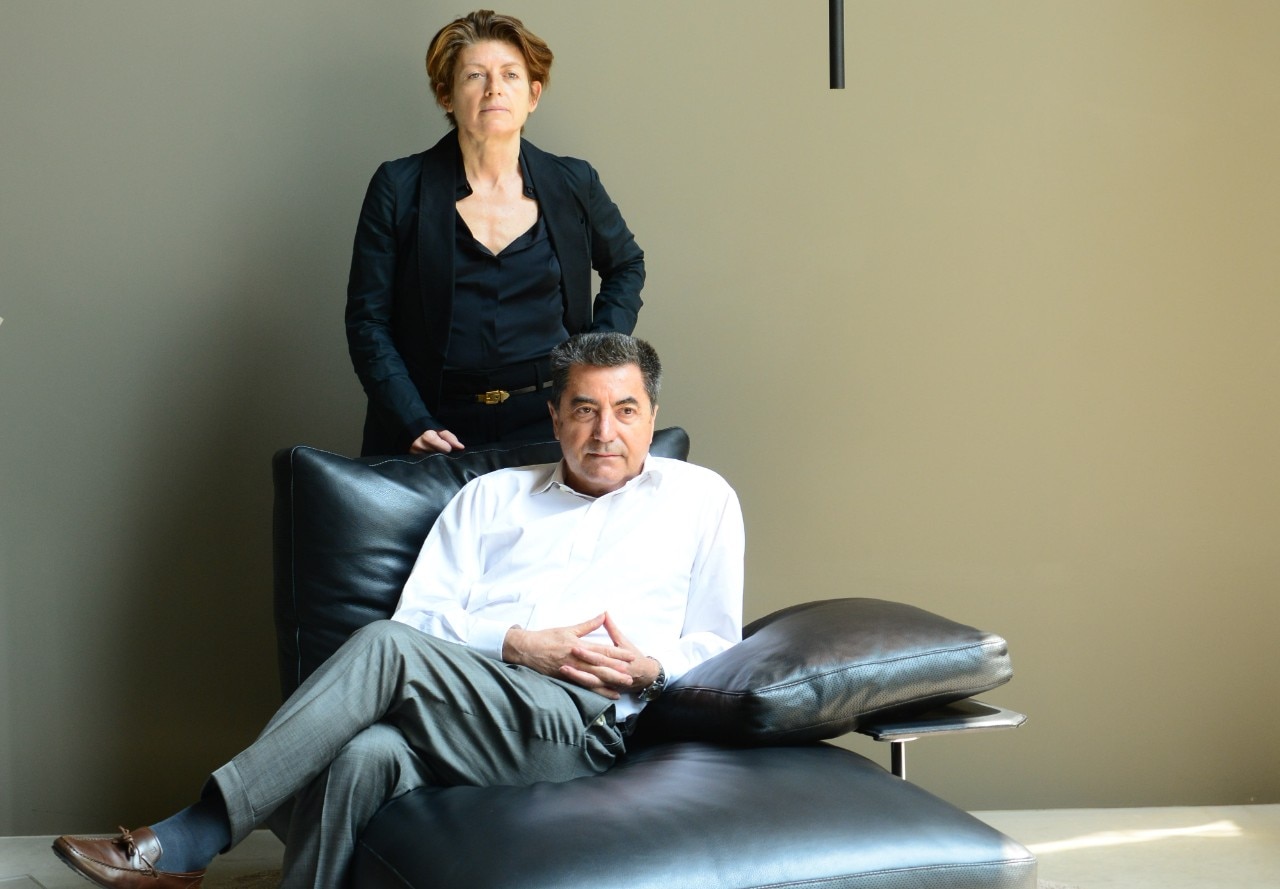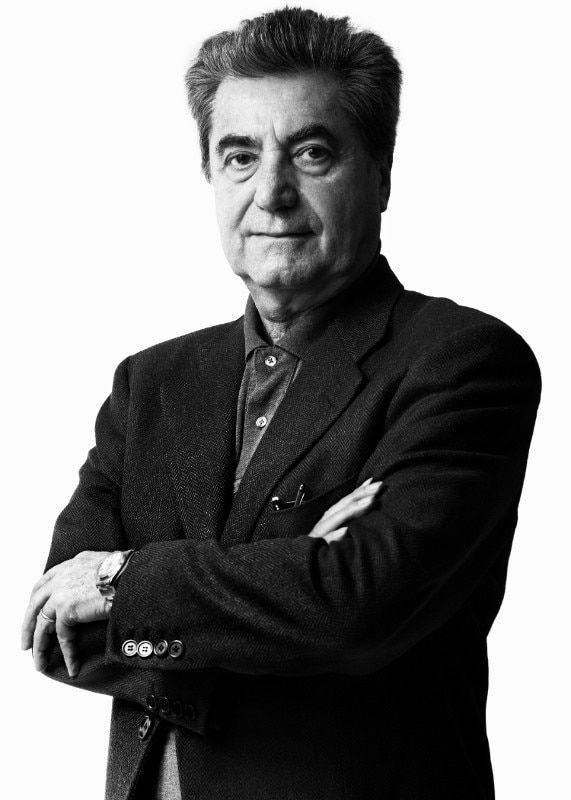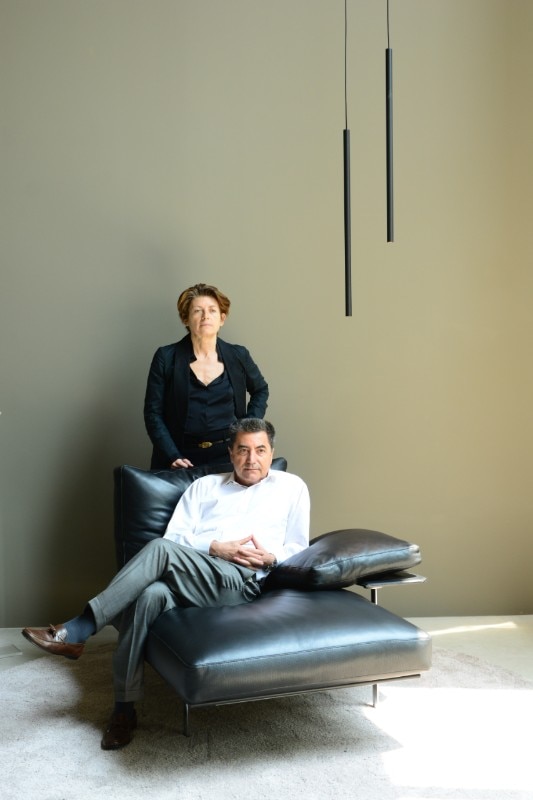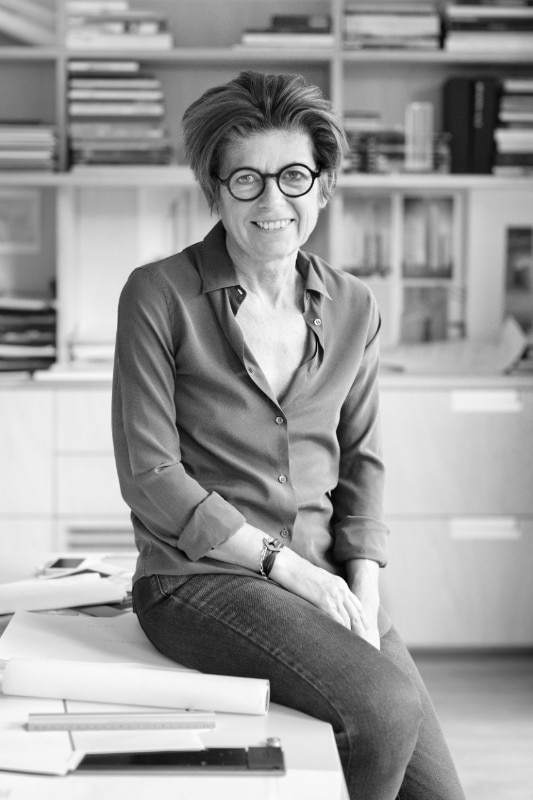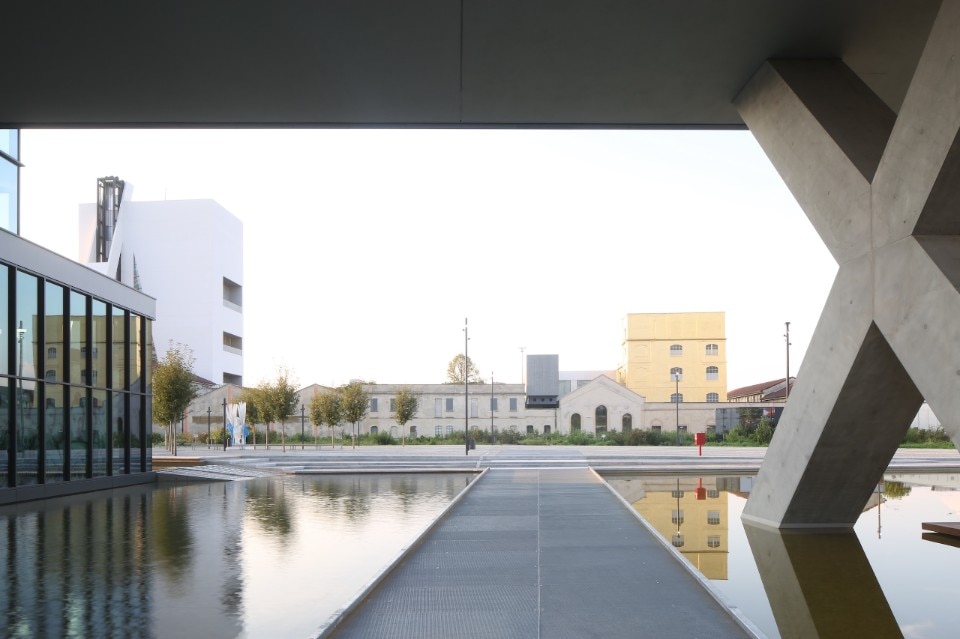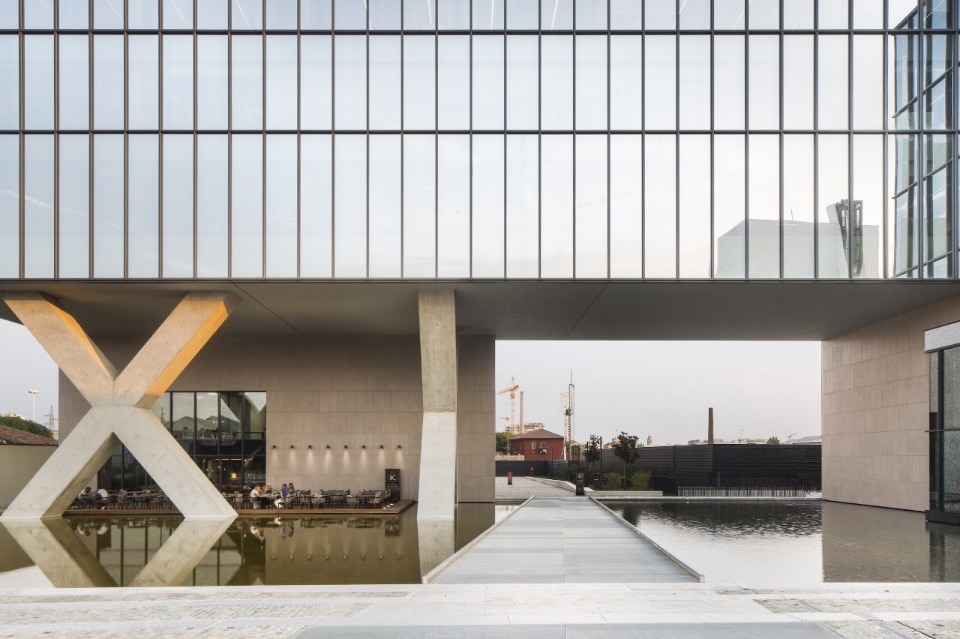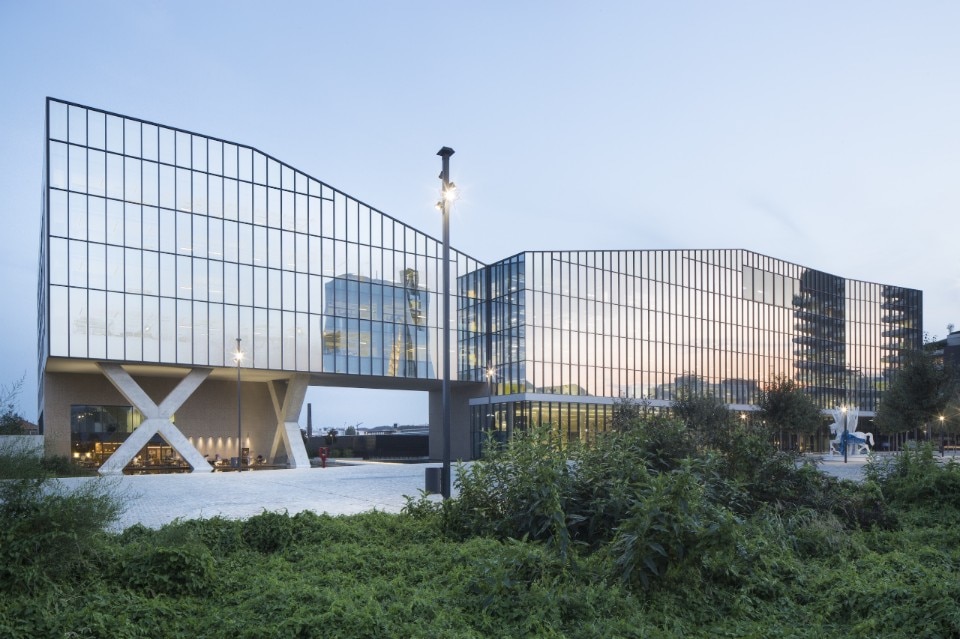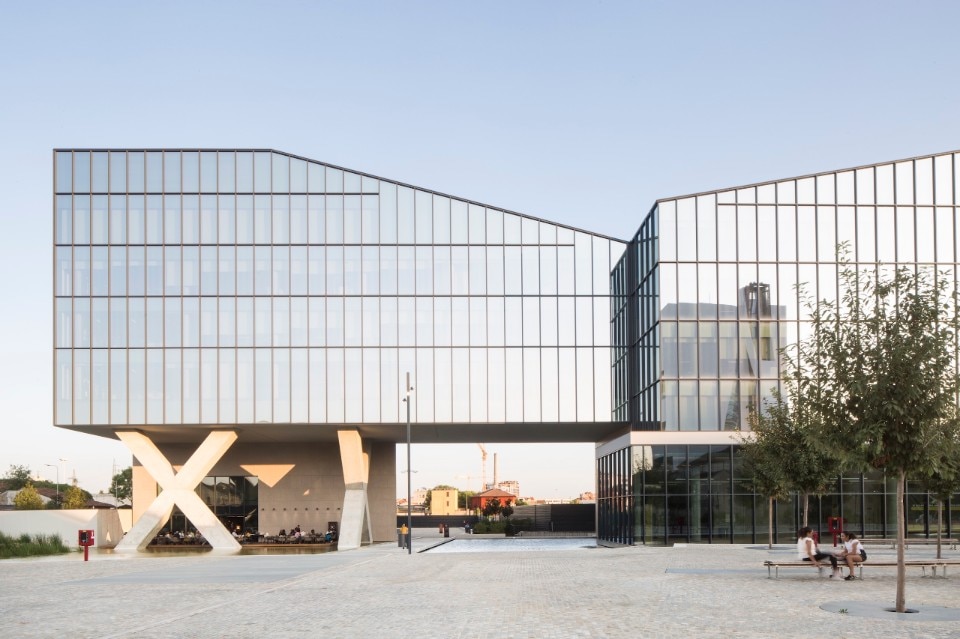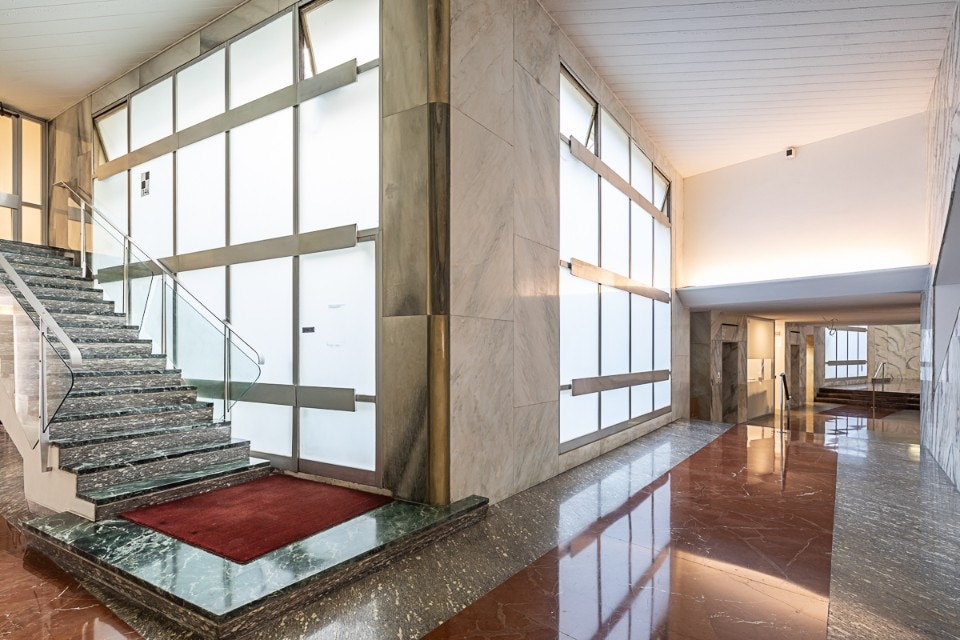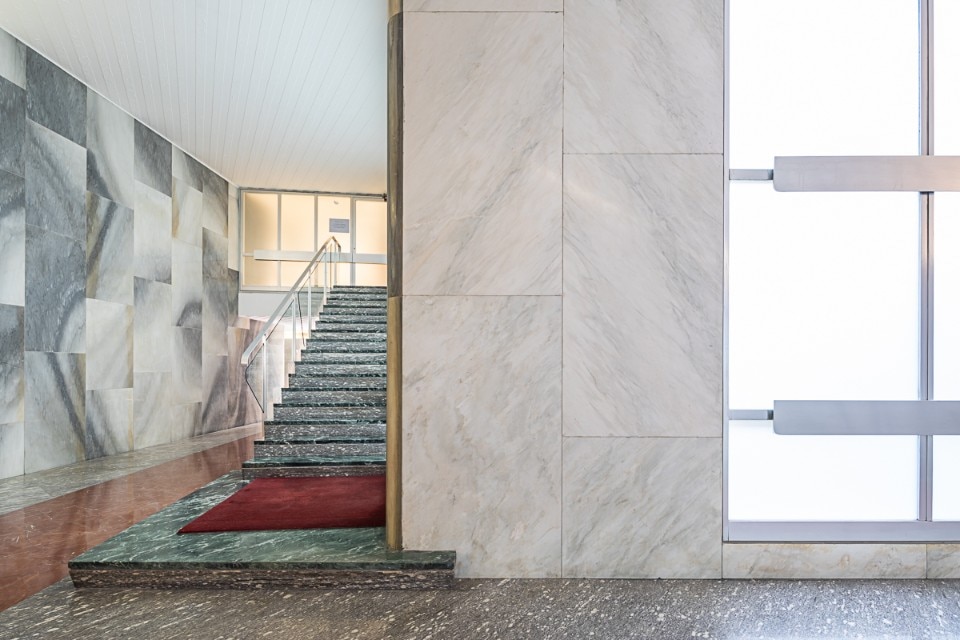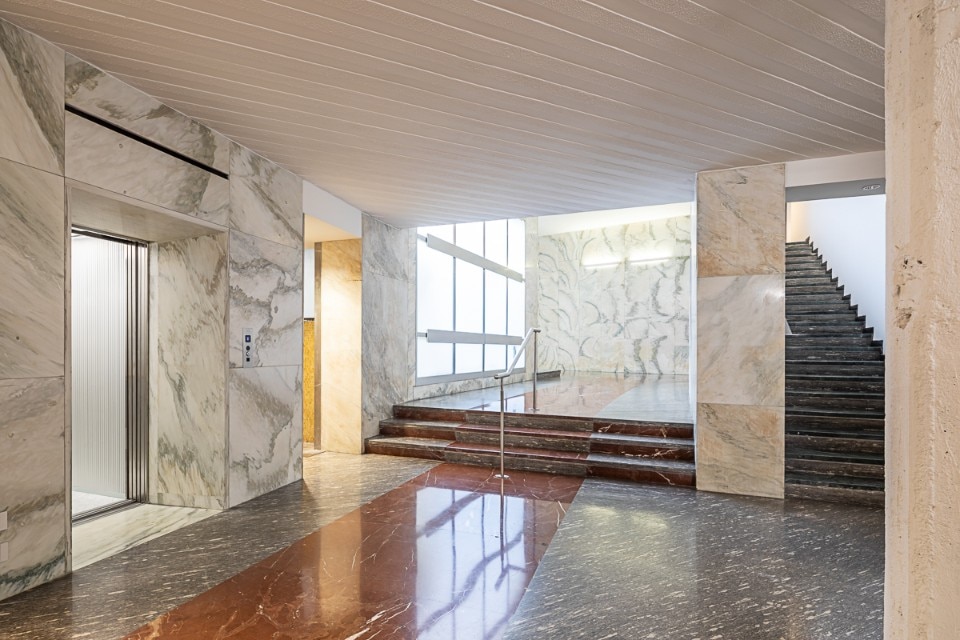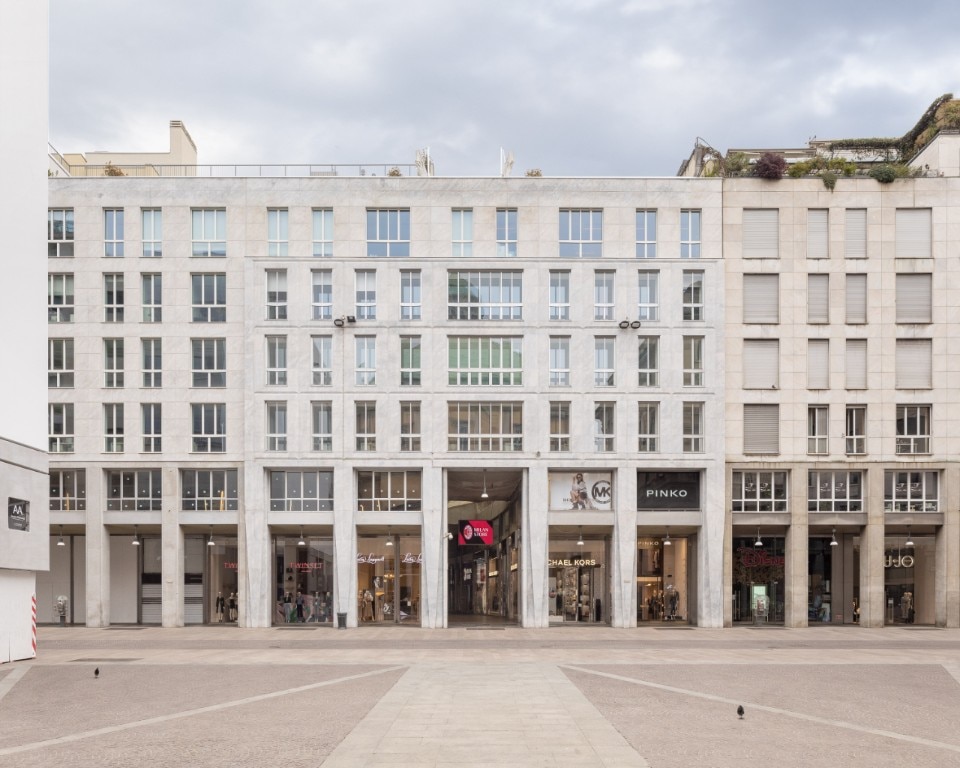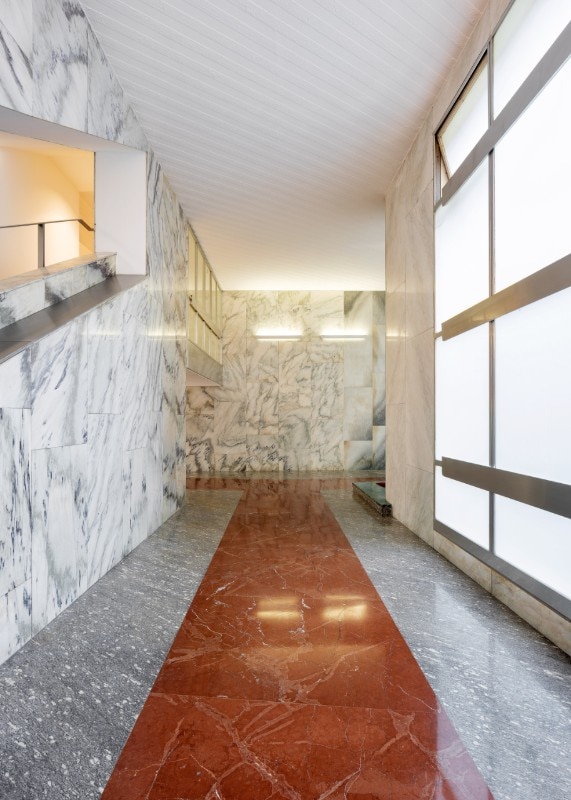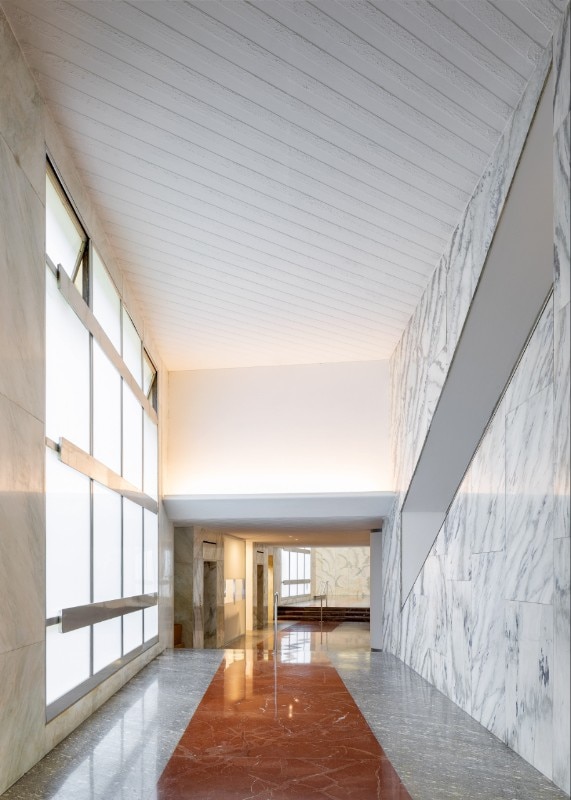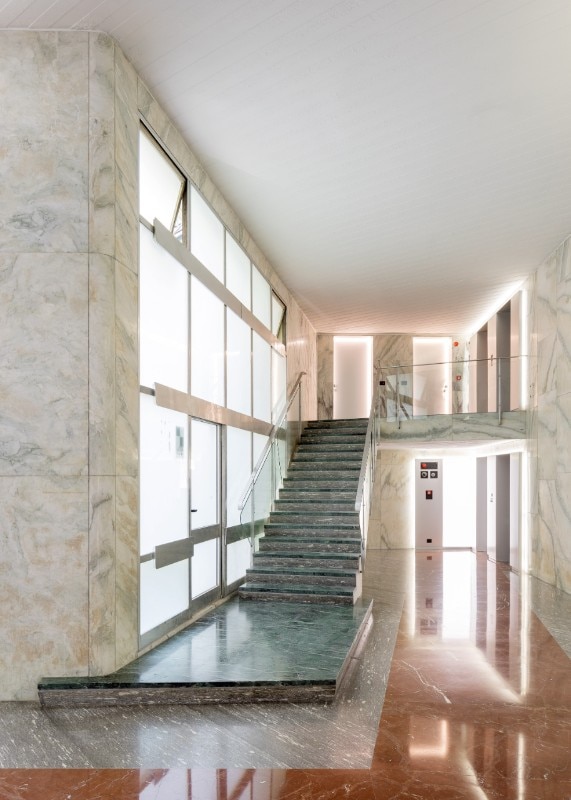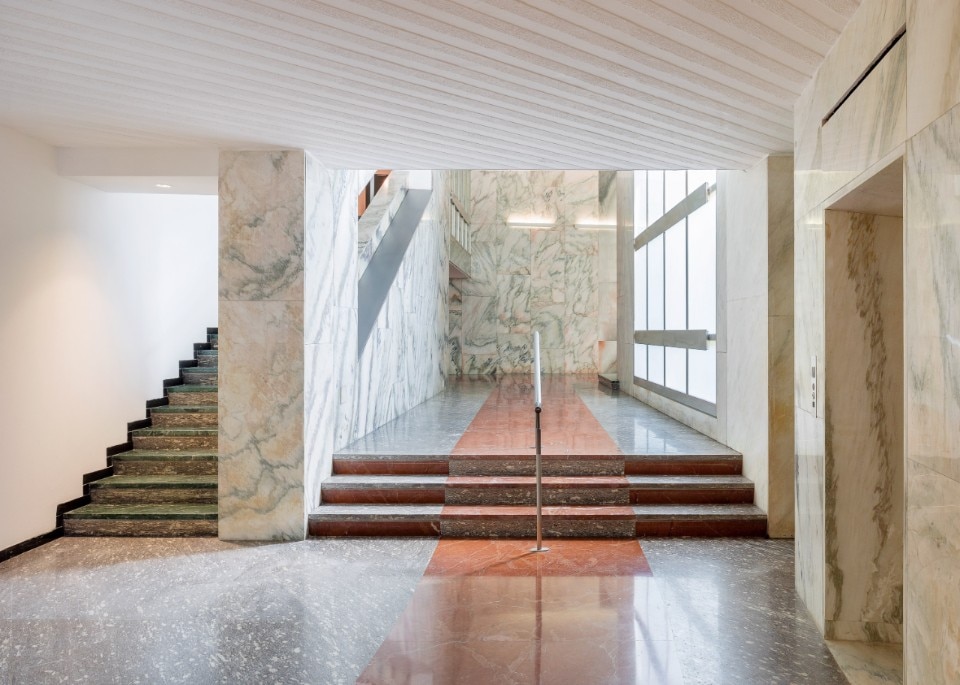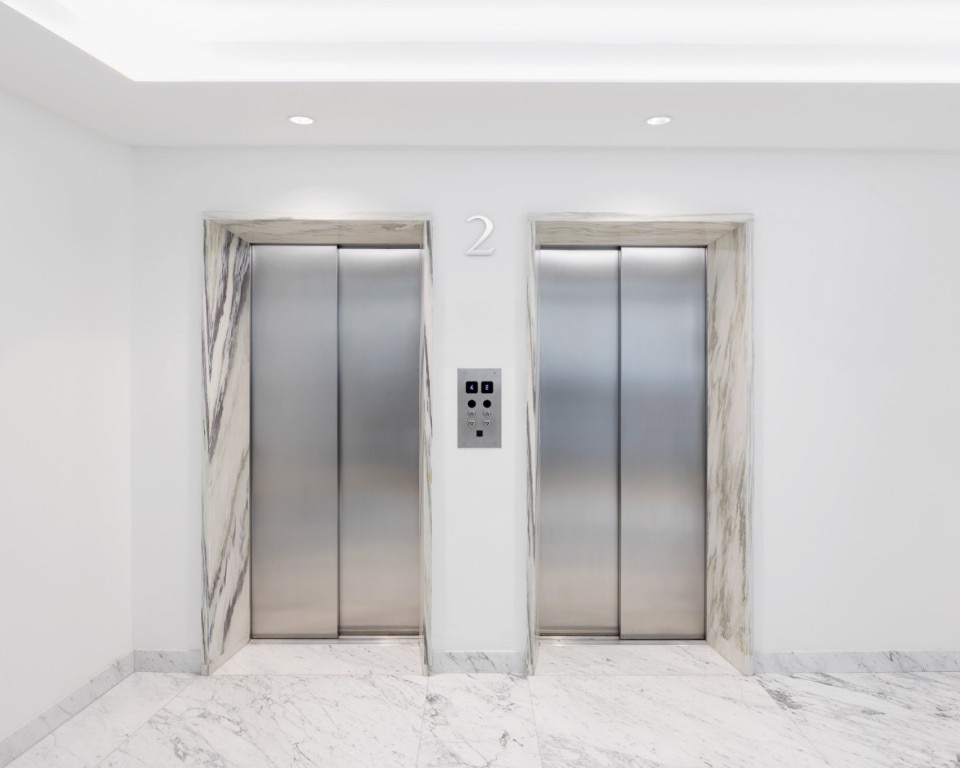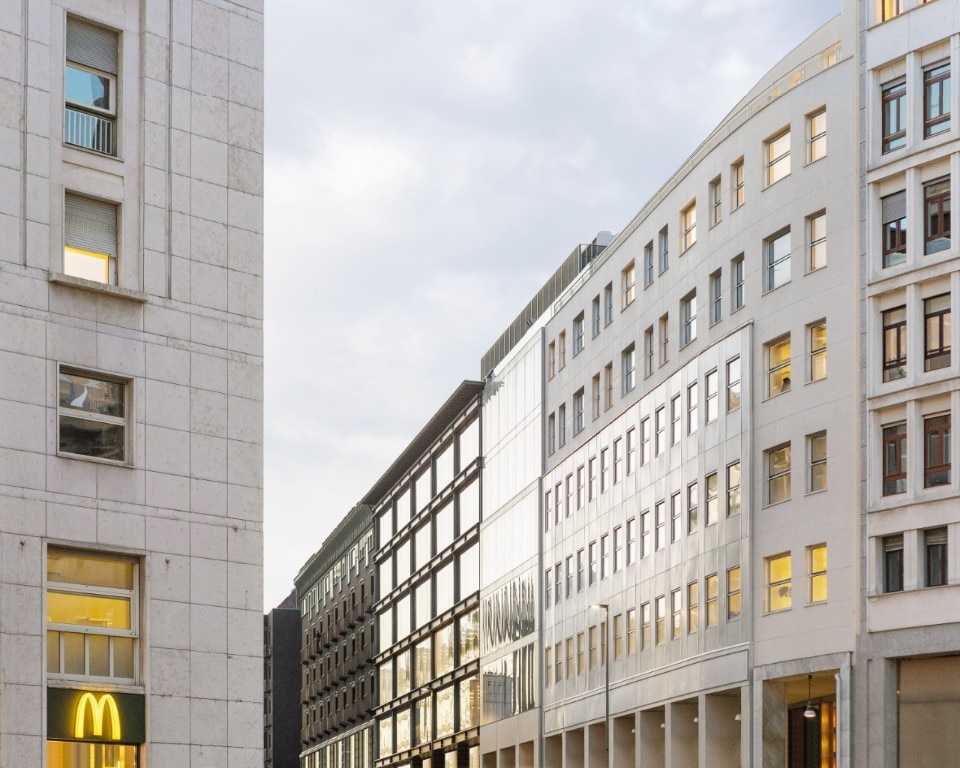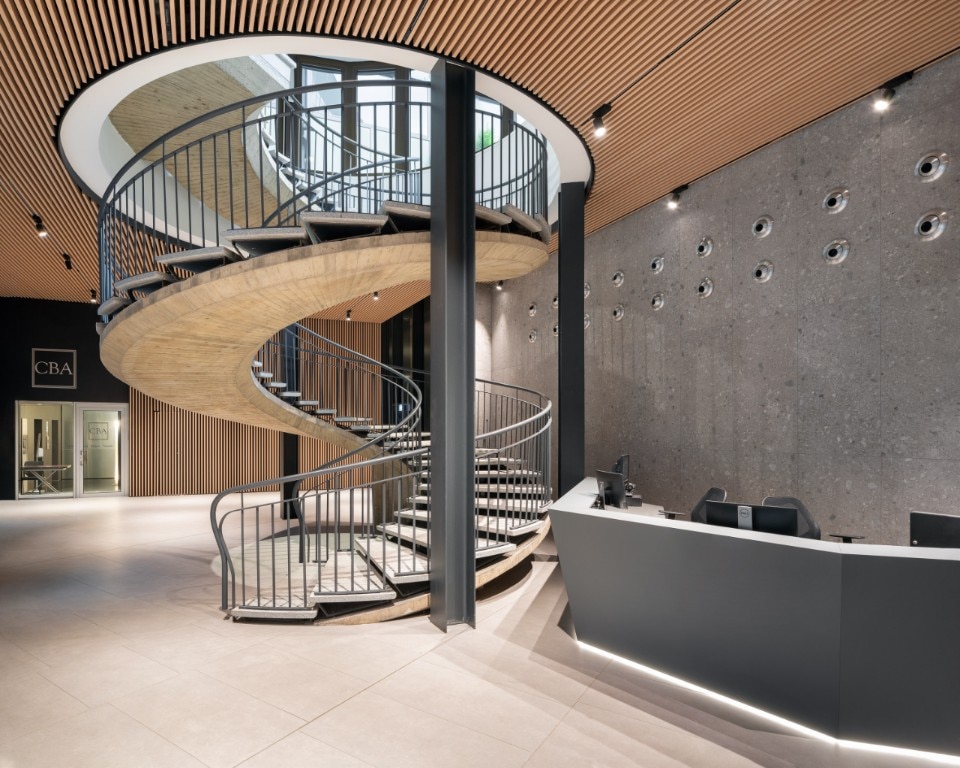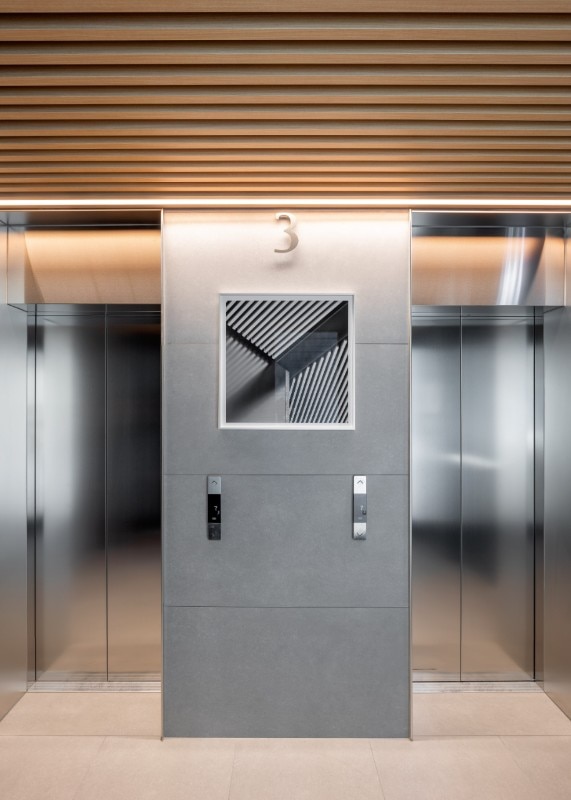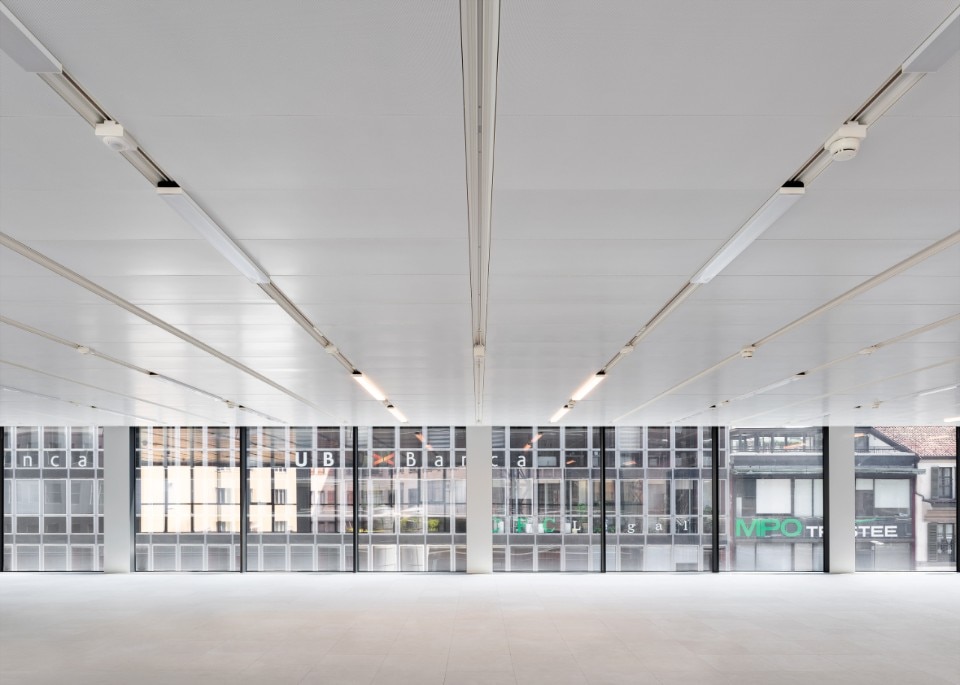Let’s start from the beginning. How was your vocation for design and architecture born?
Antonio Citterio: I don’t think I ever had a vocation, in the sense that I’ve never asked myself the question. I’ve always done design; it was the most natural thing for me. My father was a craftsman, but he designed products, so even as a child I was surrounded by sketches. When I was 14, I enrolled in an art school and by the age of 18 I had already won a design competition. It was at the art school that I met Paolo Nava, with whom I founded a studio, right after school ended in June 1970. We worked together until ’81, then I decided to continue on my own. In 2000, I consolidated the partnership with Patricia Viel, with whom I had been collaborating since 1984: that’s how the Antonio Citterio & Partners studio was founded. It later became Studio Citterio Viel & Partners (today Antonio Citterio Patricia Viel, with a staff of over 100 people, led by over eight partners).
What is the role of design and architecture in your work?
AC: Design is only a small part of the studio. It is one of the strong points of the Italian design tradition: there is no distinction between product vision and architecture vision, the product is conceived within an architecture vision. Italian design is almost always done by architects. The objects are almost always born as solutions to problems of space, architectural problems.
Patricia Viel: The culture of the studio, as well as of architecture and urban design, has absorbed this vision, which, rather than focusing on objects or shapes, establishes relationships between objects. It is a specific way of seeing the world, a mental process that involves all the scales of the project. A way to deal with complexity.
AC: It is a method deeply linked to the definition of design. Of course, there is a decorative design, based on simple objects. But my design focuses on complex products in complex situations, so it requires teamwork. A multitude of specific experiences and skills are involved in each project. This is true for design as well as for architecture, which is even more complex: you work with the structuralist, the façade specialist, the light designer... Knowing how to manage skills, how to manage complexity, is a great quality of architects.
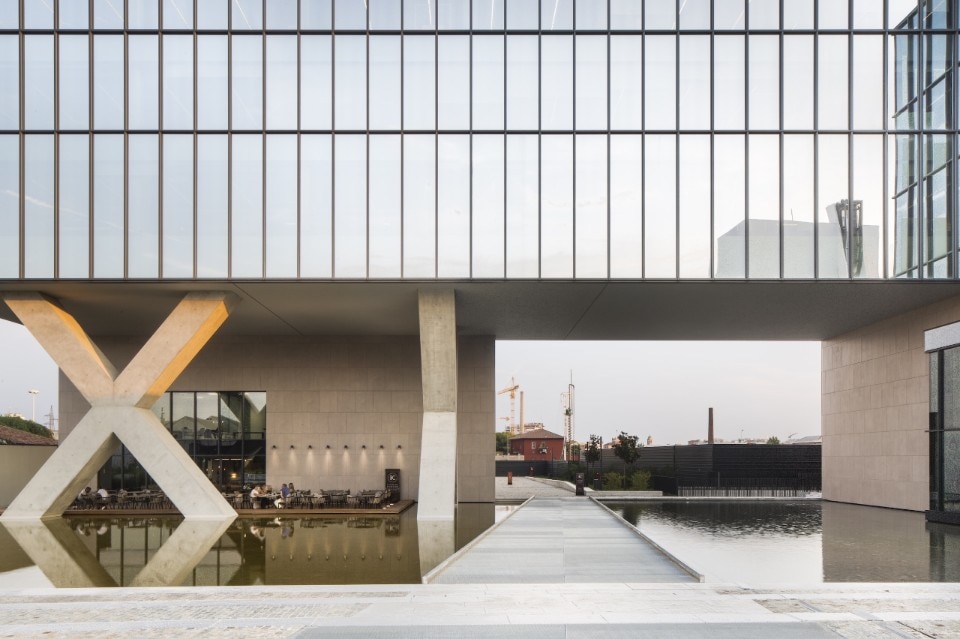
Speaking of your method: among the terms you have chosen on your website to explain your projects, you used some strong concepts such as language, history and memory.
AC: The definition of language is one of the great issues you have to deal with when you first become a designer: understanding who you are and what you want to do. Then, with time and experience, you unravel the knot. In my case, I realized that I’m not interested in revolutionizing or surprising, but rather in trying to get to the synthesis. For this reason, I consider it important to study what has been done, to understand how things happen, how a project works. In this sense, I feel close to the methodology of Eames and American design, where the object is broken up into different pieces in order to think it in all its parts, and the connection becomes the design of the project itself. It is essential to be clear, to build clear things that have a form of clarity, exactitude and evidence. The process is certainly not summed up in technical or constructive detail, on the contrary the detail is quickly forgotten, absorbed, it is more and more part of the hand that writes, and it is not thought. But the habit of thinking in this logic makes everything simple. It is a true mental form.
PV: In architecture, today the most relevant aspect is certainly the role of the project in the social and economic context, in the context of the built environment. Before starting the project, you have to decide what is it that architecture has to do: what it has to activate, whether it has to have a civil vocation or create a background, create a continuity of landscape, whether it has to give a clear perception of beauty - which in architecture is sometimes dangerous, because it deviates in other forms of expression. Architecture has nothing to do with taste, and paradoxically, not even with proportions, it is more brutal on the one hand, and more complex on the other. In any case, the analysis of the problem is the basis of everything.
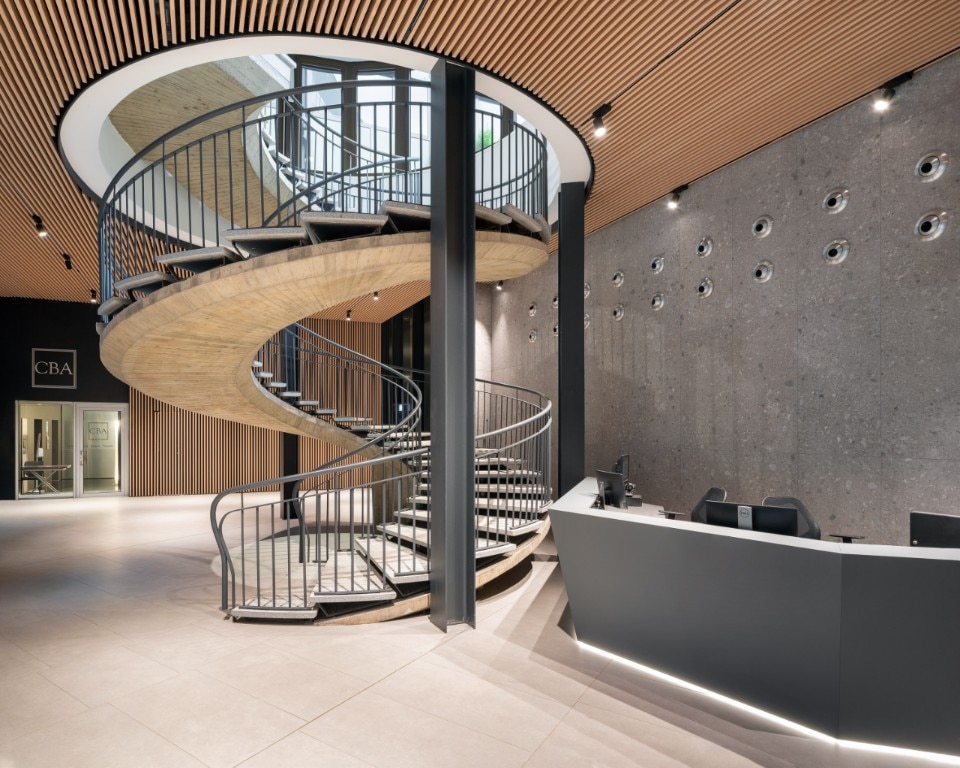
Of all the projects you have carried out, which are the most difficult challenges?
AC: Right now, I’d say skyscrapers. Many times, the skyscraper is so out of scale that it almost becomes an object.
PV: In some ways, the skyscraper is irritating. Just like the Expo bridge project. It had to be a monument, and at the same time a viaduct. The infrastructure regulates certain flows, it becomes an element of the landscape, it is linked to a constructive heroism that goes beyond architecture.
In recent years, you have witnessed several transformations - for example, in industry, thanks to new technologies, the computerisation of many production processes...
AC: In the 1970s, the relationship with industry was based on the experience of craftsmanship. The designer spent a lot of time working with model makers to make wooden models and prototypes. In my case, I can make certain products thanks to this king of craftsmanship. For example, in order to design a sofa, it is essential to know how to cut and fold the fabric. Today, everything is done faster. More people are involved in the ideation process, and, in certain ways, the product, which is always a great investment, is born with more clarity than the market response. In the 70’s, a lot of products were launched onto the market and then quickly disappeared. Today this proliferation of semi-industrial products has ended.
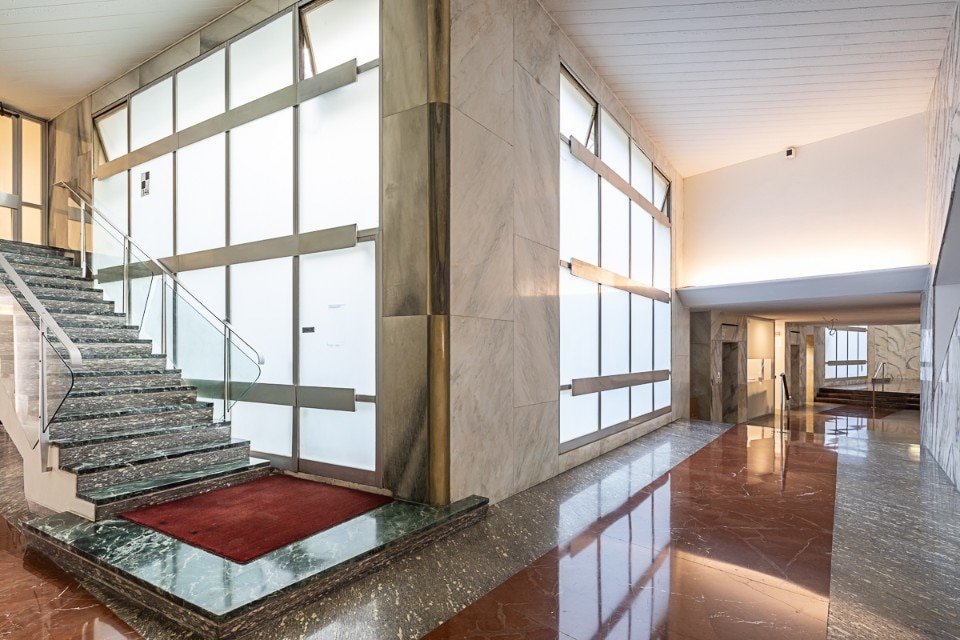
Objects have changed their status; they have become more and more like interfaces. In this context, the dynamics of form-function that had supported modern design now appear obsolete, while the relationship becomes central. But how do you design relationships?
PV: This is a fundamental point. To have control over the sustainability of an architectural project, today you no longer have to think of architecture from a geometric point of view, but you have to somehow design the behavior. Digital modelling has reached such a level of sophistication that it is possible to predict how the environment will react: acoustics, air, flows, light, what happens if there are too many people... In this period of uncertainty, we are often asked what a post-pandemic architecture should look like. It is not a problem of forms, but of behaviour. We have to think about the relationship between things and people, listen to the voices of the different actors involved, simulate the dynamics. Because it’s not a game.
Is there, in your opinion, an “Italian way” of making design and architecture?
AC: The strength of the Italian tradition, the legacy that goes from Giò Ponti to Caccia Dominioni and Magistretti and that has formed a system that links industries, magazines and fairs creating a value chain in which design is at the center. In many markets, the home and furnishings are still seen as status, we accumulate objects detached from their true value. Instead, in Italy, living is a cultural fact, representing a type of society, a way of living, the result of a unique situation. In some ways, architecture has not had the success of design, even if in the last 15 years, Italian architecture, and not only Renzo Piano, is beginning to play an important role in the international market.
Emanuele Quinz (Bolzano, 1973) is an art historian and curator. Associate professor at Université Paris 8 and associate researcher at EnsadLab (École nationale supérieure des Arts Décoratifs), his research explores the frontier zones between different artistic disciplines.


